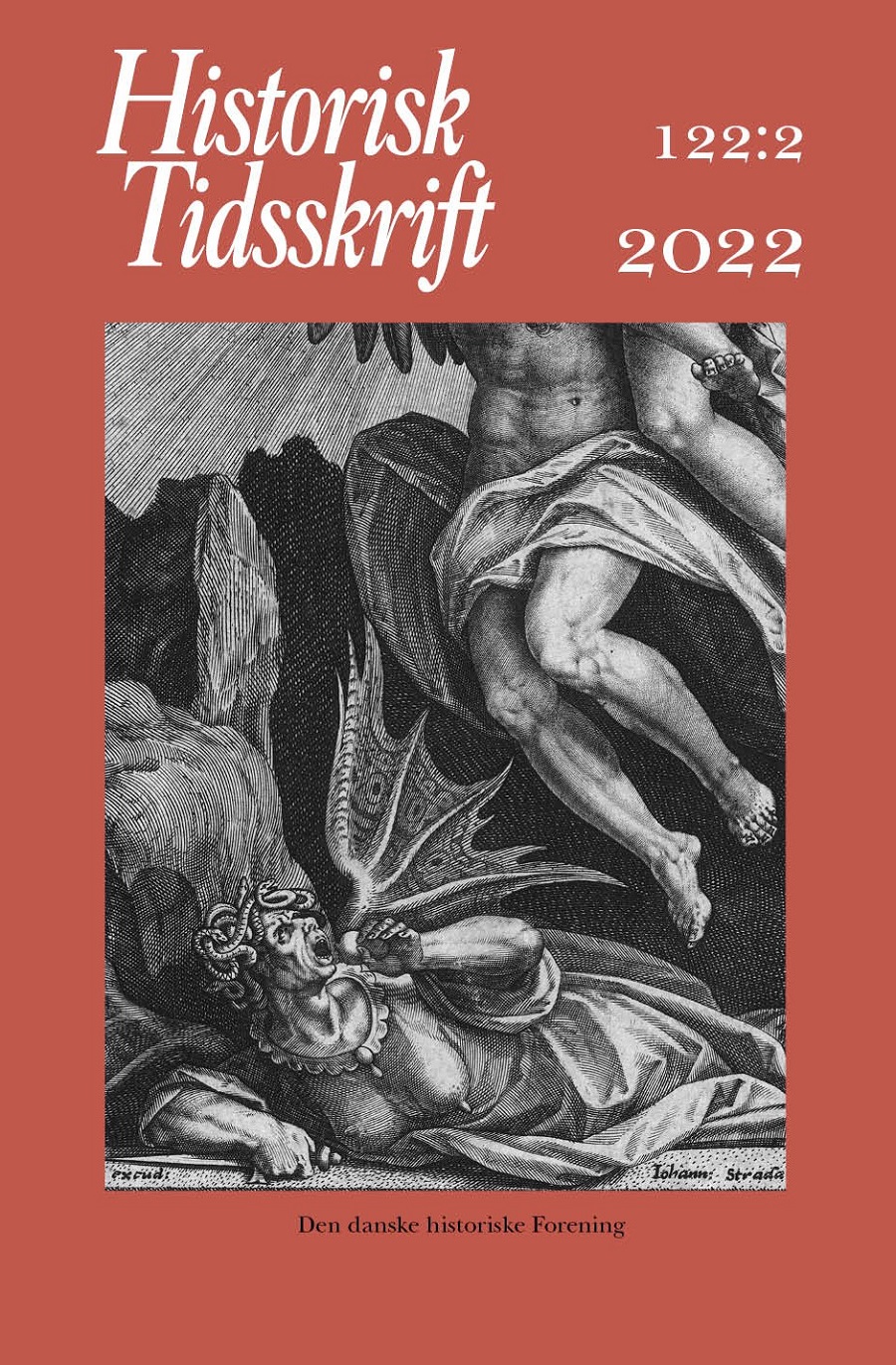Røgplagen eller den snigende død. Luftforurening og sundhed i København, ca. 1920-2020
DOI:
https://doi.org/10.7146/ht.v122i2.135565Resumé
“The Smoke Nuisance” or “The Insidious Death”: Air Pollution and Health in Copenhagen, c. 1920–2020
The perception and handling of air pollution in Copenhagen between c. 1920–2020 changed significantly through four phases. During the first phase, c. 1920–1952, air pollution was regarded as little more than an annoying part of life in a modern, industrial city. This view persisted even after the first measurement of air pollution in Copenhagen, in 1948, which showed it to be even worse than in the notoriously polluted metropolis of London. This changed in 1952, mainly because of the major pollution episode called The Great Smog of London, which caused up to 4000 deaths and tens of thousands of cases of respiratory illness. During this phase, Copenhagen’s air pollution came increasingly to be regarded as a threat to human health and sometimes was referred to as “The Insidious Death”. Studies probed the extent of the problem and sought methods to reduce it. Initially, these efforts took place in private organisations of technical experts. Only in the second half of the 1960s did municipal and national agencie take action. An important stimulus for the development was work carried out in international organisations such as the WHO, the OECD, and the UN. In 1971, the perception of air pollution as a problem of public concern led to the establishment of the Danish Environmental Protection Agency. This event marks the end of the second period, which was formative in the history of the perception and management of air pollution in Copenhagen and Denmark in eneral. During the third phase, c. 1971–1993, the perception of air pollution in Copenhagen changed again. Concern now shifted away from human health and towards the damage done to nature by acid rain caused by international long-distance air pollution. However, it was not yet possible to prove any causal relationship between air pollution and human morbidity and mortality in Denmark. Since air pollution was slowly decreasing due to legislation, purification and dispersion, the medical estimation was that air pollution in Copenhagen was no cause of concern for healthy individuals and only posed a minor problem to patients with cardiovascular illnesses. During the fourth and current phase, beginning in c. 1993, the perception of air pollution in Copenhagen changed again. New statistical methods showed that exposure to even low levels of air pollution over longer time periods would increase mortality. Accordingly, the main concern related to air pollution shifted back to human health, and this new approach explains the WHO’s proclamation that air pollution is the greatest environmental threat to human health, with an estimated 8 million premature deaths globally each year. Today, the level of air pollution in Copenhagen is much lower than it was in 1920 and 1970, yet it does not yet meet the global air quality guidelines published by the WHO in September 2021. An estimated 440 Copenhageners die prematurely every year.
Downloads
Publiceret
Citation/Eksport
Nummer
Sektion
Licens
Ophavsret til bidrag i Historisk Tidsskrift tilhører forfatterne og Den danske historiske Forening som udgiver af Historisk Tidsskrift. For illustrationer gælder den ophavsret, som står anført i billedteksten. Ophavsretslovens almindelige bestemmelser gælder, hvilket vil sige, at ophavsretten gælder i 70 år efter forfatterens død. Bidrag i Historisk Tidsskrift må derfor, med forbehold for en ”moving wall” på tre år, frit downloades, læses, gemmes, anvendes og citeres (med kildeangivelse) i privat og videnskabelig sammenhæng, men de må ikke helt eller delvis genudgives af tredjepart, heller ikke i redigeret form, uden tilladelse fra forfatterne og Den danske historiske Forening. Henvendelse skal i så fald rettes til Historisk Tidsskrifts redaktion på histtid@hum.ku.dk.





